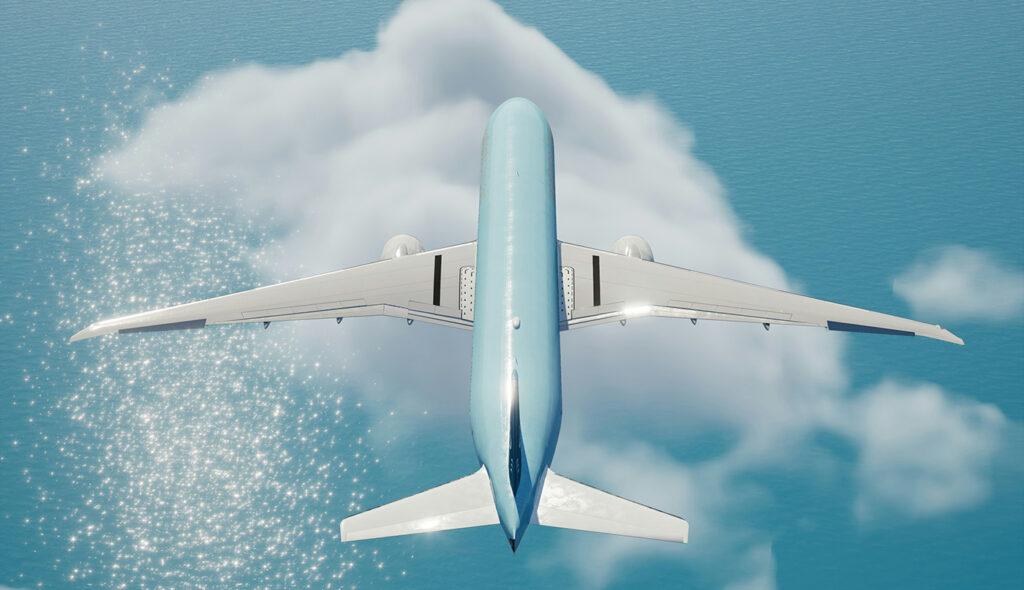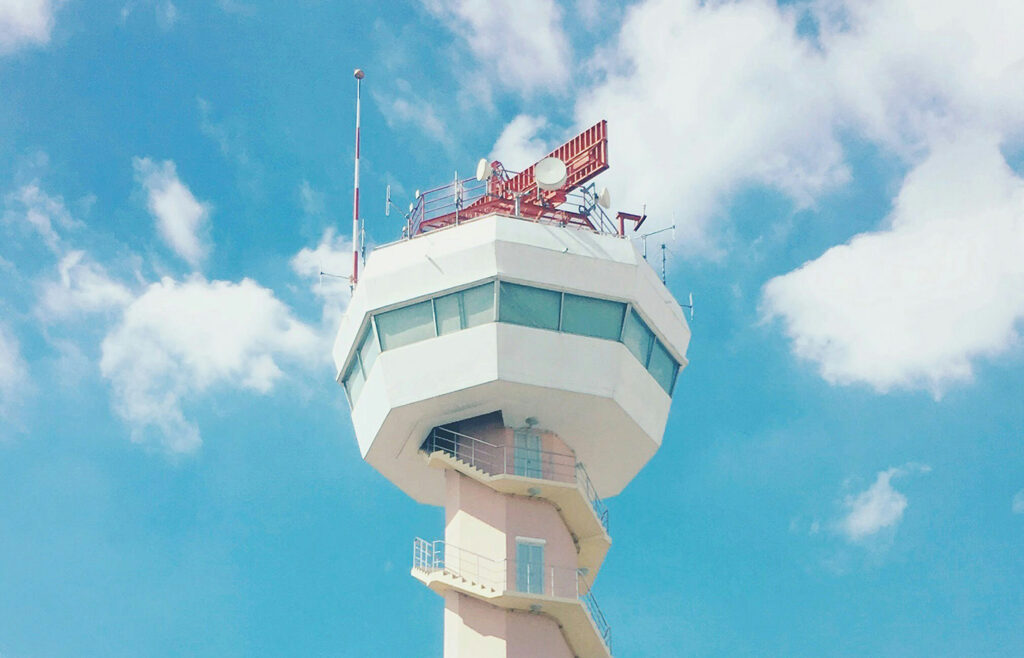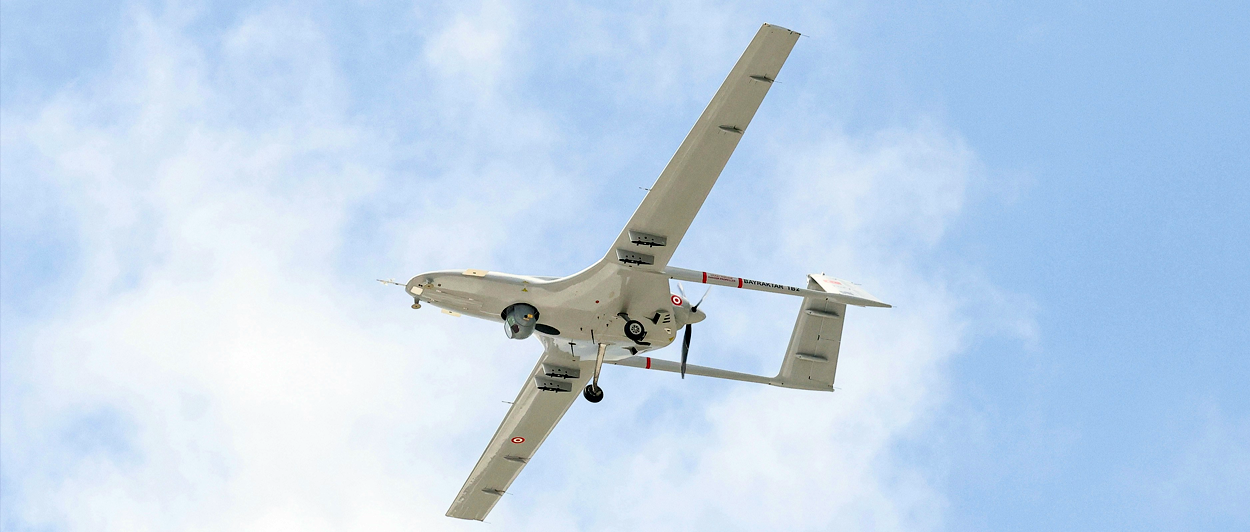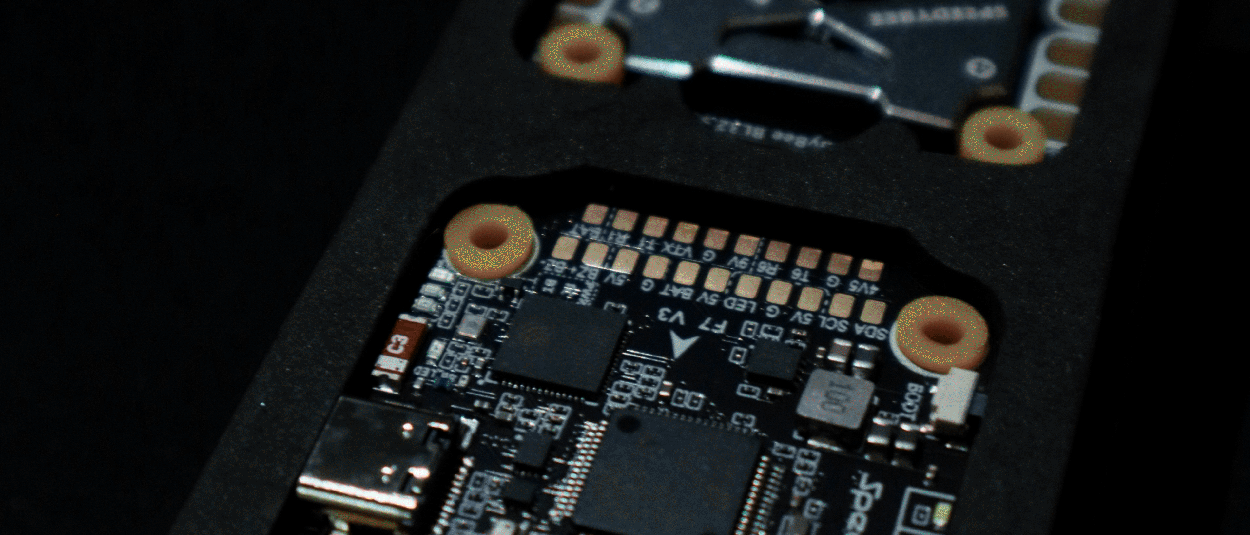
How AI Revolutionizes Aerial Navigation: 3 Innovative Use Cases
Machine learning and deep learning are staples in many industries. Ground transportation systems use predictive algorithms to optimize travel flows, predict congestion, and improve fuel usage. The sky’s the new limit.
Impressive advances in AI navigation move from research labs to the mainstream, promising greater reliability, safety, and efficiency to aeronautics.
Inertial AI navigation for UAVs in GPS-compromised environments
GPS signal, necessary for most UAV operations, can be unavailable after a natural disaster or in military situations. Bavovna.ai, a graduate of the US Air Force Labs Mass Challenge acceleration program, is developing an AI-powered PNT navigation system for aerial, surface, and subsurface vehicles.

Designed for dual use, Bavovna’s inertial navigation system uses sensor fusion and pre-trained ML/DL algorithms to offer autonomous operations. Thanks to hardened core electronics, the system is resistant to common electromagnetic warfare threats. It’s also a low-SWaP solution with minimal power requirements and weight, suitable for UAV models and Class II aerial vehicles.
During trials, the Aurelia X6 Max multicopter could fly autonomously without remote control, GPS, or any other communication, collect location intelligence, and return to the home position. Bavovna AI navigation system aims for a 0.5% positioning error, even in complex journeys up to 30 miles (48 km). The team is working to extend the system use cases to cover Signals Intelligence, mine detection, automatic target engagement, and security surveillance.
AI copilots for commercial aviation flights
Modern aircraft have highly sophisticated autopilot systems to help pilots control altitude, course, thrust, and navigation. However, the onslaught of alerts and system interfaces requiring the pilot’s attention can be intimidating. NASA estimated that 34 different competing activities distract or preoccupy the pilots, ranging from communication to searching for VMC traffic. These can lead to human errors and dangerous consequences.

Air-Guardian, a new MIT CSAIL project, aims to improve the HMI of existing autopilot systems to ensure safer operations. The AI system uses eye-tracking to detect pilot distraction and “saliency maps” to understand aircraft behavior.
Based on a continuous-depth neural network model, the copiloting system can identify early signs of risks and take over the controls when needed. During trials, the Air Guardian system reduced flight risks and improved navigation success.
Advanced airflow traffic management to clear up congestion
Unforeseen events like bad weather conditions adversely affect air traffic, causing congestion in a specific sector of the air navigation space. This, in turn, affects all network participants, leading to a cascade effect of delayed flights.

Co-funded by the European Union and led by the Universita Ta Malta, the ASTRA project is short for AI-enabled tactical FMP hotspot prediction and resolution. The goal is to improve the prediction of air traffic congestion areas one hour in advance and suggest optimal resolution paths to traffic controllers.
The prediction algorithm will be trained on historical data (from 2019 to today) from the EUROCONTROL organization. The AI navigation system will provide FMPs with prescriptive scenarios to optimize flow management positions, ensuring safety, efficiency, lower fuel consumption, and environmental impacts.
AI has untapped potential in airborne navigation, and we expect more innovation in sensor fusion, AI-powered PNT, and aerial traffic management to happen in the next several years.



